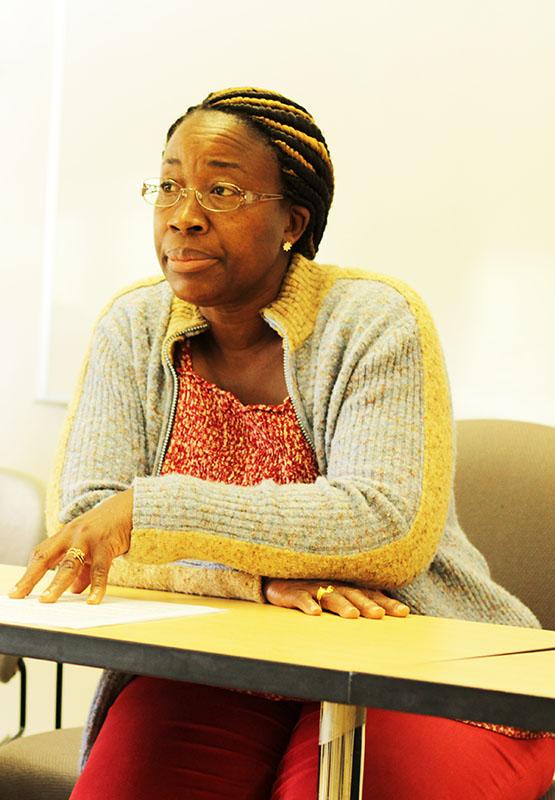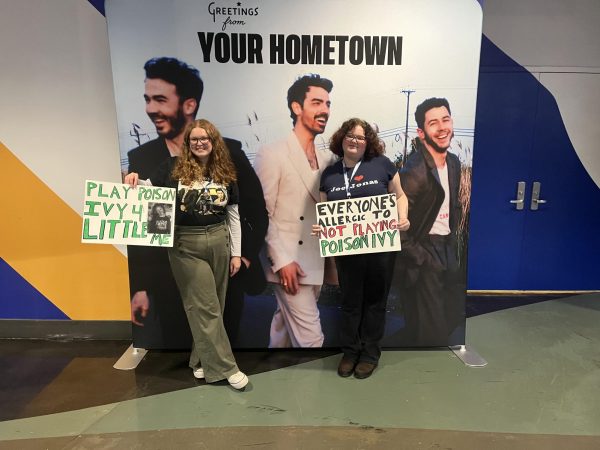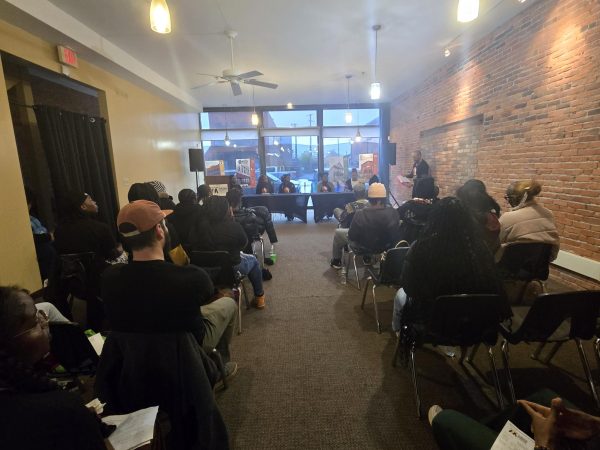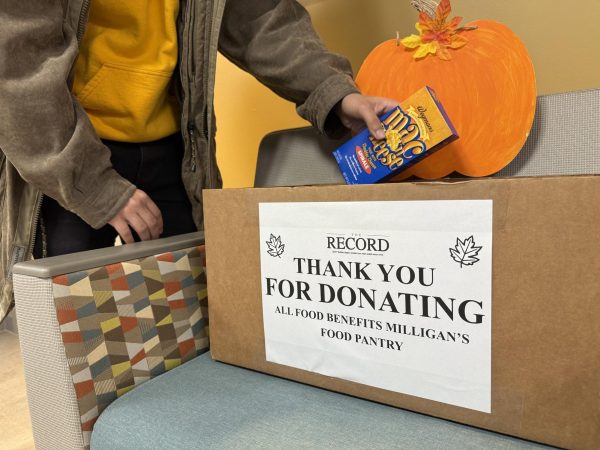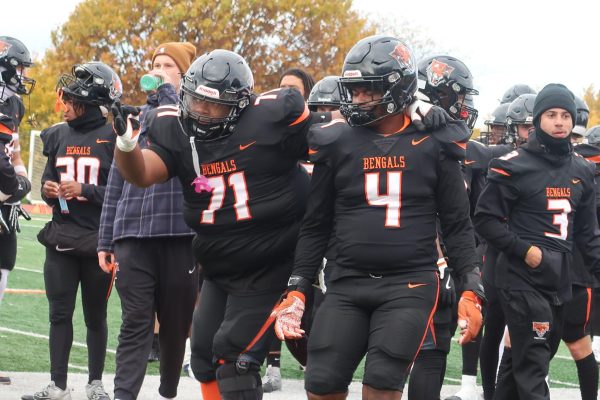Refugees’ journey ends with community contributions
Buffalo State students learned how immigrants are changing Buffalo and discussed ways to get involved in the refugee community Monday when Journey’s End Refugee Services gave an abbreviated version of its “interactive tour.”
About 30 students gathered at the School of Education sponsored event, where Journey’s End employees verbally walked students through their offices and the steps that go into processing a client in a program called “A Refugee’s Journey.”
Normally the tour is given in the actual office with different stops along the route of a new applicant, but was adjusted for the special presentation during Bengal Pause.
The influx of refugees is changing the atmosphere in the city according to Andy Cammarata, the community liaison, at Journey’s End.
“The landscape of the City of Buffalo is changing,” Cammarata said. “It’s becoming more diverse and it’s the refugees playing a part in that revitalization. We try to fight one of the most prominent myths, the myth that refugees use up the community’s resources without contributing anything in return.”
Journey’s End runs an alternative high school for teenagers, where they are helped with their ESL skills and given vocational training to assist them in the future working world.
Refugee business owners are often credited with the revitalization of Grant and Amherst Streets with their shops, boutiques, restaurants and ethnic grocery stores. They also give back to the community in other ways besides economically.
Many refugees also volunteer in church organizations, youth programs, housing programs and other volunteer services after they have adapted to their new lives.
Gabriel Shalamba, lead employment specialist at Journey’s End, came to the United States as a refugee from the Democratic Republic of Congo. After graduating from Buffalo State with a degree in social work, starting a career and a family, he decided to volunteer with Habitat for Humanity eventually, also owning a home through them.
“I want to give to the community what they provided me with. I came here with no home, and they helped me get one and now I want to return that,” Shalamba said.
Many refugees end up employed at services like Journey’s End, as a way to give back to their community full time.
“I live in the same community in Buffalo. I came here as a refugee, I am one of them,” Gertrude Jones said, transitional supports case manager at Journey’s End, who came here from Liberia in 1999.
In a recent announcement, Journey’s End will be bringing an urban farming program to the east side, in tradition with their attempts to connect refugees with community gardens.
40 refugees will be trained on urban farming techniques, making the most of many of the refugee’s agricultural backgrounds. The produce from the urban farming program will provide 200 east side residents with fresh food.
Cammarata said that there is a menu of different opportunities with varying levels of involvement.
On the higher level of involvement, students could volunteer at events, as ESL tutors, community mentors or citizenship tutors, according the Journey’s End Wish List.
Cammarata said that translators are always in need. Though Arabic, French and Swahili translators help connect the dots of the languages without translators, Journey’s End is in desperate need of Nepali and the Burman ethnic languages.
For a lower degree of involvement, Journey’s End’s Wish List is always asking for donations of housewares, towels, furniture and gently used small appliances. Students can also always just go to a refugee owned business a few blocks away, showing them support and maybe finding some new things to try.
Journey’s End rescues 3,000 refugees a year, and only accepts one out of five case applications. Most get turned away because of lack of documentation or case overload of the employees.
Email: Boudreau.record@live.com


